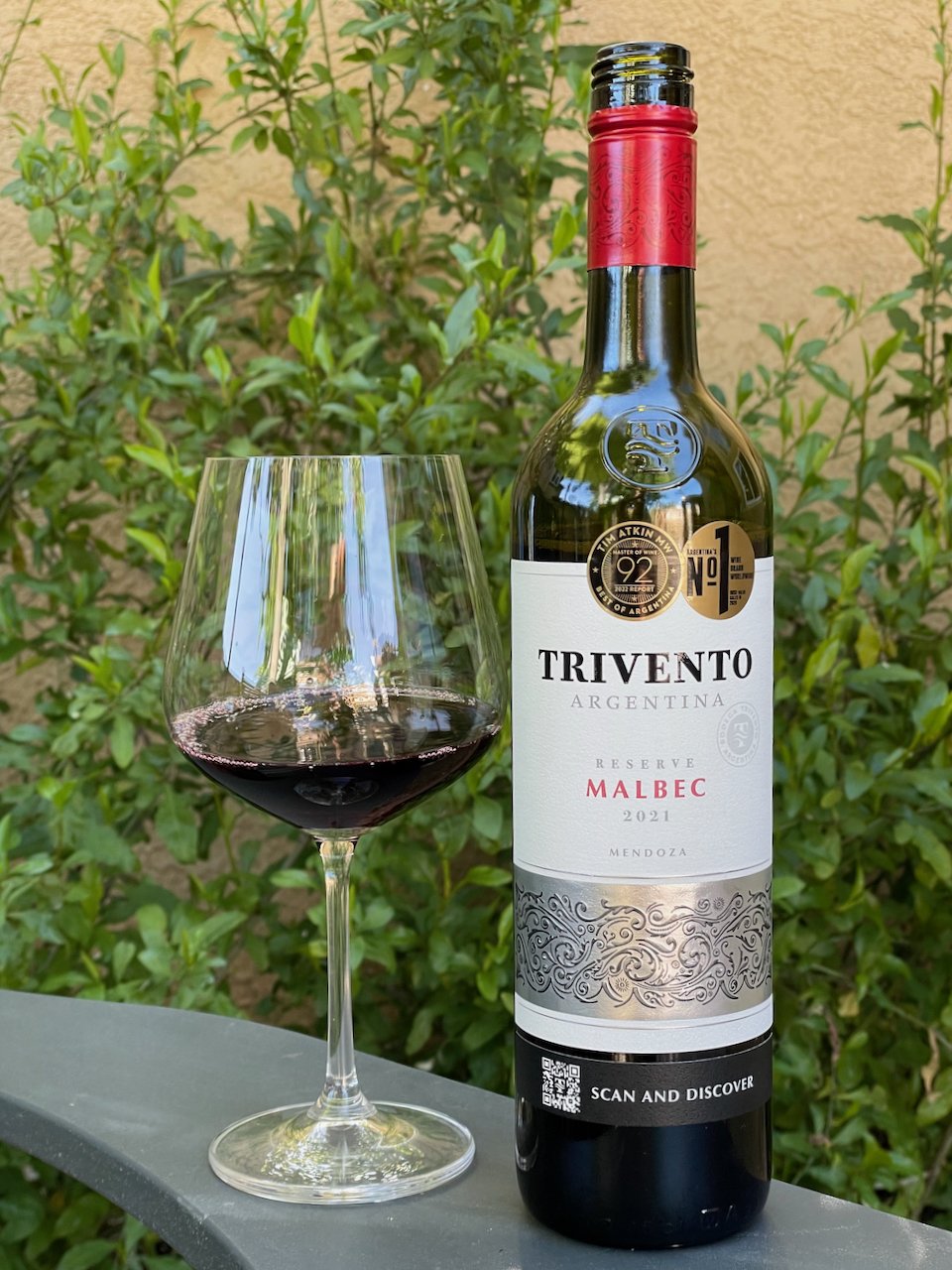In anticipation of Earth Day 2023 on April 22nd, here’s a great trio of organic, vegan wines to celebrate with!
The wines from Veramonte are from the Casablanca Valley in Chile. Veramonte follows organic practices in all their vineyards to ensure the best conditions for the development of the vine thus achieving vineyards that are sustainable. Through cultivating healthy, living soils and maintaining a natural balance in their vineyards and winemaking process, Veramonte obtains quality grapes that express the full potential of the terroir, leading to wines with character and authenticity.
2020 Veramonte Pinot Noir ($13.99)
Produced from 100% Organic Pinot Noir, 15% of the grapes underwent whole cluster maceration and fermentation with natural yeasts. It then spent 8 months aging in oak. It is pale ruby in color with red fruit aromas of raspberry and cherry. One the palate it has juicy fruit flavors of cherry and cranberry and finishes light. (13.5% ABV, 1.3 g/L RS, 5.8 g/L acidity)
2022 Veramonte Chardonnay ($13.99)
Produced from 100% Organic Chardonnay, the grapes are whole cluster pressed and sit for 24 hours before being racked off. Part of the wine is barrel fermented in neutral oak with wild yeasts while the rest is fermented in stainless steel tanks to retain its bright flavors. Then, 30% of the wine undergoes malolactic conversion. Finally, 15% of the wine is aged in neutral oak for 8 months. It is medium gold in color with citrus and apple aromas. On the palate it is bright and refreshing. (14% ABV, 3.33 g/L RS, 7.35 g/L acidity)
2022 Veramonte Sauvignon Blanc ($13.99)
This wine is composed of 100% Organic Sauvignon Blanc grapes that are fermented in stainless steel tanks. It is medium gold in color with subtle citrus aromas. On the palate it has bright citrus flavors of grapefruit and lime with a refreshing finish. (13.5% ABV, 0.78 g/L RS, 7.73 g/L acidity)
Each of these sustainably-made wines is organic and vegan which make them not only a perfect fit for Earth Day 2023 but also most any day that you’re looking for an affordable wine that pairs well with a variety of foods. Cheers!
Disclosure of Wine Sample Submission: I received these samples at no cost for review. The opinions expressed are entirely my own.
Sample Provided by Veramonte Wines, González Byass (via Donna White Communications)






